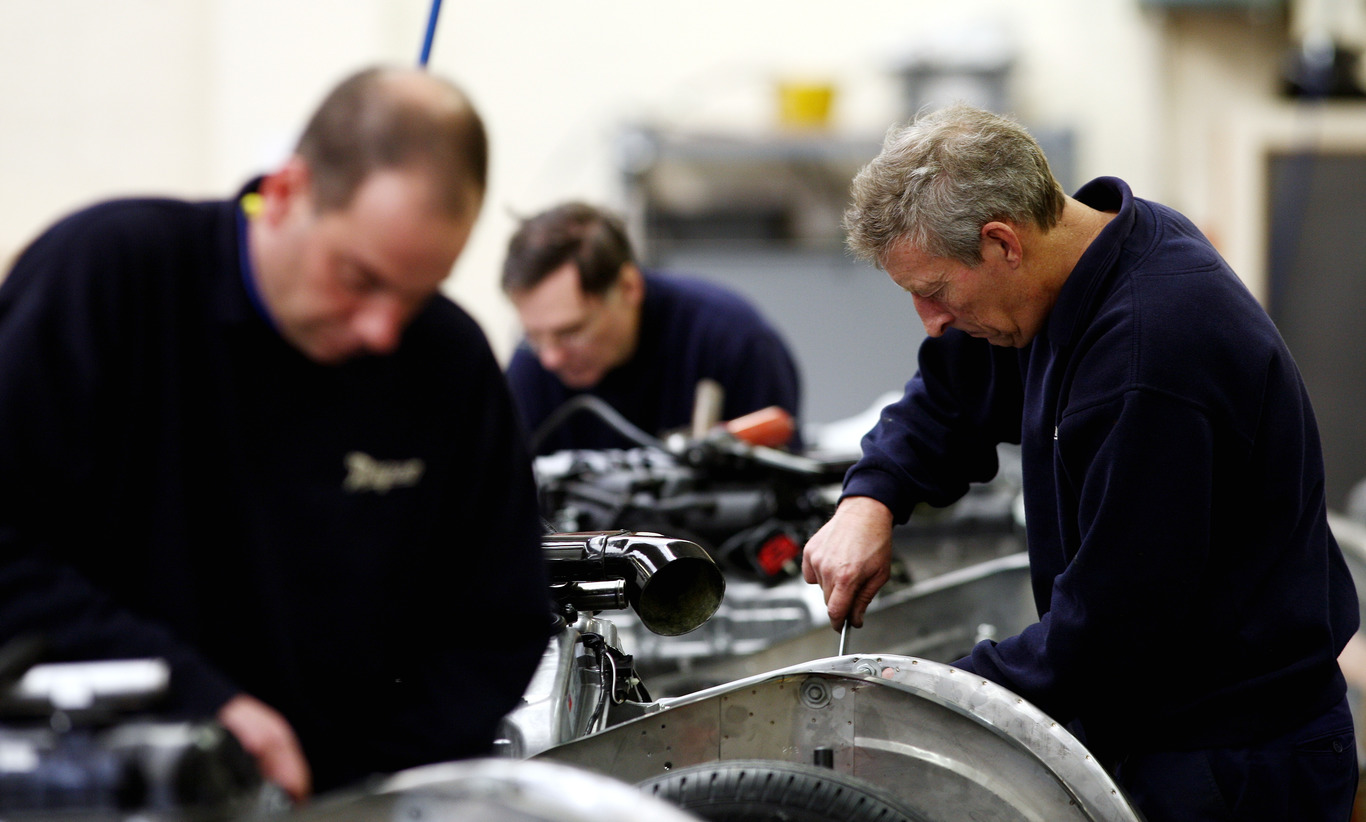For the first time in years, Irish manufacturers say they don't plan on hiring any more staff
The sector is still growing, but at a slower pace.
IRISH MANUFACTURERS SAW business conditions improve last month – but the rate of growth in the sector was slower than expected, leading to a lull in job creation.
That’s according to Investec Ireland’s latest purchasing manager index (PMI), which found that growth in the sector remained weaker than first half of the year despite increasing exports and orders in general.
Investec’s PMI indicator, which measures the health of the manufacturing industry in more than 30 countries, came in at 51.3 for Ireland last month. Any figure above 50 indicates the sector is generally expanding.
Philip O’Sullivan, chief economist at the Investec Ireland, said that there was “signs of improving global demand” for Irish exports, but “in a less welcome sign, the period of expansion in headcounts drew to a close”, ending a job-creation run that lasted for the past 39 months.
According to the report, employment was broadly unchanged in the Irish manufacturing sector in September.
Some of the 285 industrial companies that participated in the report said “departing staff had not been replaced” while other firms “reported lowering staffing levels in response to recent weakness in new orders”.
O’Sullivan said that “the rate of (employment) decline was only minimal”, but added that Investec “would not be too optimistic about the prospect for a near-term return to job creation”.

Click here for a larger version
Higher prices
The PMI survey also found that input prices, the cost of raw materials used to create finished goods, increased for the fifth consecutive month, especially for firms that process food products.
O’Sullivan noted that manufacturers were able to pass on some of these higher costs on to customers as they charged higher prices for products, meaning that selling prices increased at their fastest pace since September 2012.
Some participants in the study reported that they hiked sterling-linked prices as a result of the weakness of the currency against the euro.






